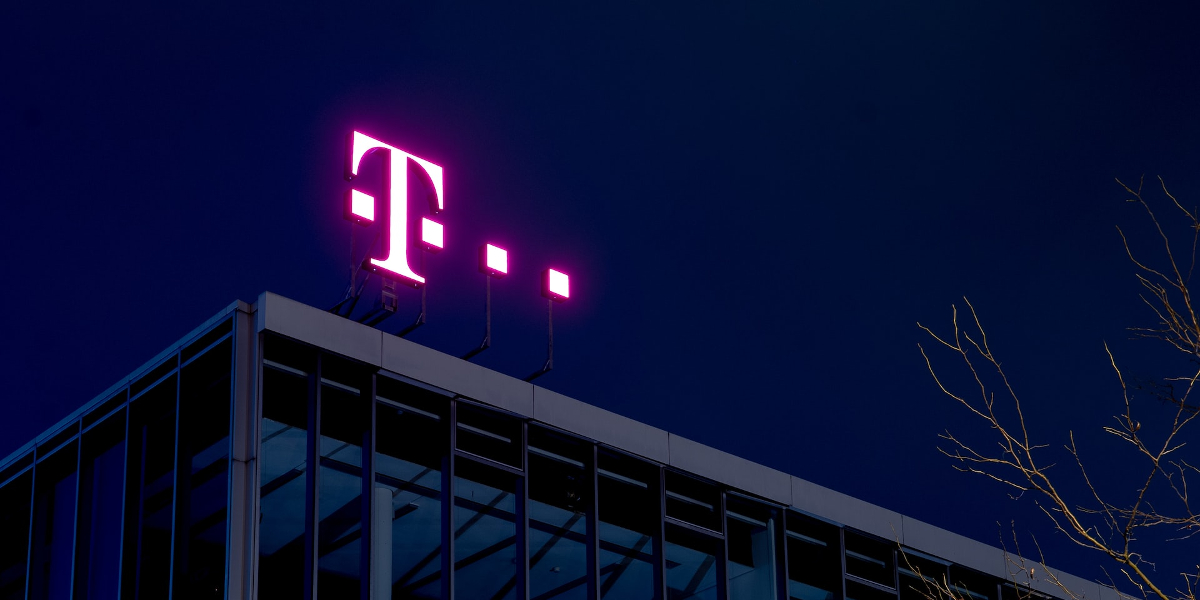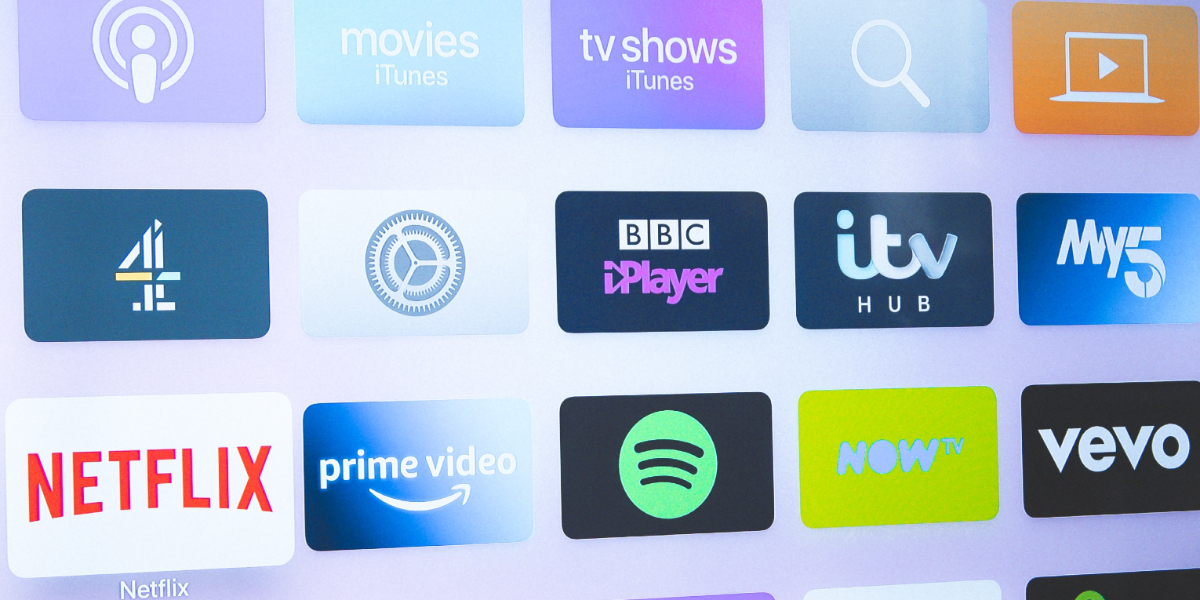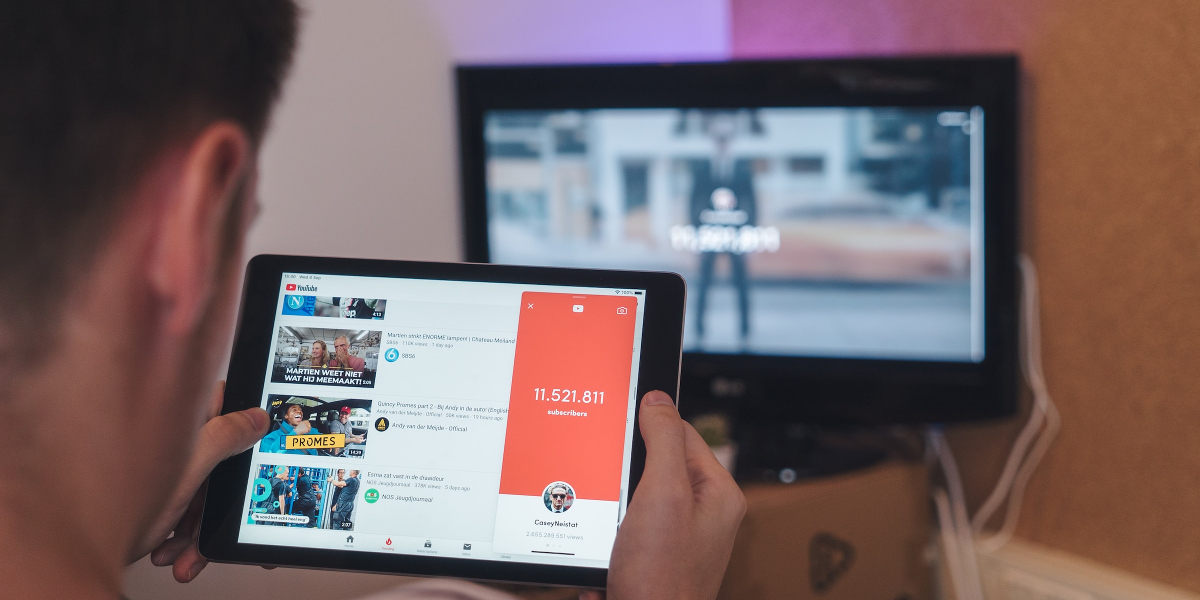Netflix’s product is arguably currently undergoing its most significant period of change since the launch of its Originals strategy in 2013. Over the past ten years, the streaming giant has been able to grow its userbase primarily by investing in more and more content, and expanding into new markets. Now however, with subscription growth in its home US market having slowed to a halt, the company is branching out from its core paid video on-demand model in an effort to bring in new subscribers (and retain existing ones).
Netflix’s launch of a cheaper ad-supported subscription tier has picked up the most press. But the company has also invested significantly in gaming, and begun testing streaming of live events, broadening out the types of content on offer.
Live streaming is a significant step. A fleshed out live streaming capability would let Netflix broadcast a wider variety of content: one-off events, live news, awards ceremonies, live sports. It can be valuable for avoiding churn, giving users reasons to keep subscribing every month (rather than pausing their subscription for a few months, and then waiting until enough new on-demand content has been added to the platform for it to be worth resubscribing). And significantly, live content could strengthen Netflix’s advertiser offering, allowing advertisers to position themselves next to buzzy live events with large audiences.
But Netflix’s early testing of live streaming hasn’t been plain sailing.
On Sunday, Netflix broadcasted a live reunion of its popular dating reality series Love Is Blind. The event was heavily marketed by Netflix – the company’s Twitter bio currently reads “TIFFANY + BRETT FOREVER!!!”, a reference to one of the show’s couples.
But the live broadcast, Netflix’s second ever live show after its Chris Rock comedy special earlier in the year, was hit by technical issues. Fans who logged on to watch the show were met with an error screen at the time of broadcast. Ninety minutes later, most viewers still weren’t able to watch the stream. In the end, Netflix filmed the special and made it available on-demand (though by this point, some viewers had already watched the episode, meaning spoilers began filtering through social platforms).
To everyone who stayed up late, woke up early, gave up their Sunday afternoon… we are incredibly sorry that the Love is Blind Live Reunion did not turn out as we had planned. We’re filming it now and we’ll have it on Netflix as soon as humanly possible. Again, thank you and…
— Netflix (@netflix) April 17, 2023
The incident upset fans of the show (and brands including Lyft, Sour Patch Kids, and fellow CTV service Pluto TV jumped on Netflix’s apology tweet to poke fun at Netflix). And while Netflix is looking to live broadcasting to grow its subscriber base, these kinds of errors can end up losing customers.
“In 2023, technical errors associated with live streaming should be a thing of the past,” said Stefan Lederer, founder and CEO of streaming infrastructure provider Bitmovin. “We have research showing buffering and delays top the list of reasons audiences will abandon a service because it completely ruins the viewing experience.”
The incident could also be a turn off for advertisers. Netflix wasn’t running ads alongside the stream in question, but live content could be very valuable from an advertising perspective, especially if Netflix were to invest in live sports. However advertisers would want to be sure the live streams they’re funding will actually work – highly publicised technical errors throw that into doubt.
The real issue is that live streaming of major events which attract big audiences is technically difficult. Netflix is far from the first company to struggle with live streaming a popular live event. Live streaming places huge burdens on the streamer’s technical infrastructure, as the live feed needs to simultaneously be delivered to thousands, or even millions, of individual end-users. It’s not too hard to pull off when audiences are small, and works for companies which broadcast the same event over traditional channels (since the audience viewing the event via the live stream is smaller). But for a company like Netflix, it’s tricky to pull off.
If Netflix can solve this problem and avoid further headaches, this specific incident will quickly be forgotten. But it raises questions about the technical viability and stability of live streaming on Netflix, and therefore its potential to deliver subscriber growth for Netflix (at least in the short term). It appears the markets may be concerned this won’t be just a one-off incident; Netflix’s stock was down over three percent on Monday.




